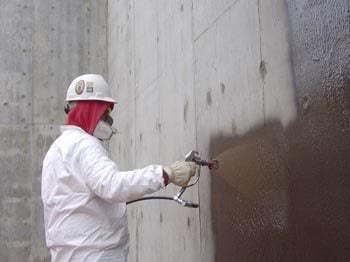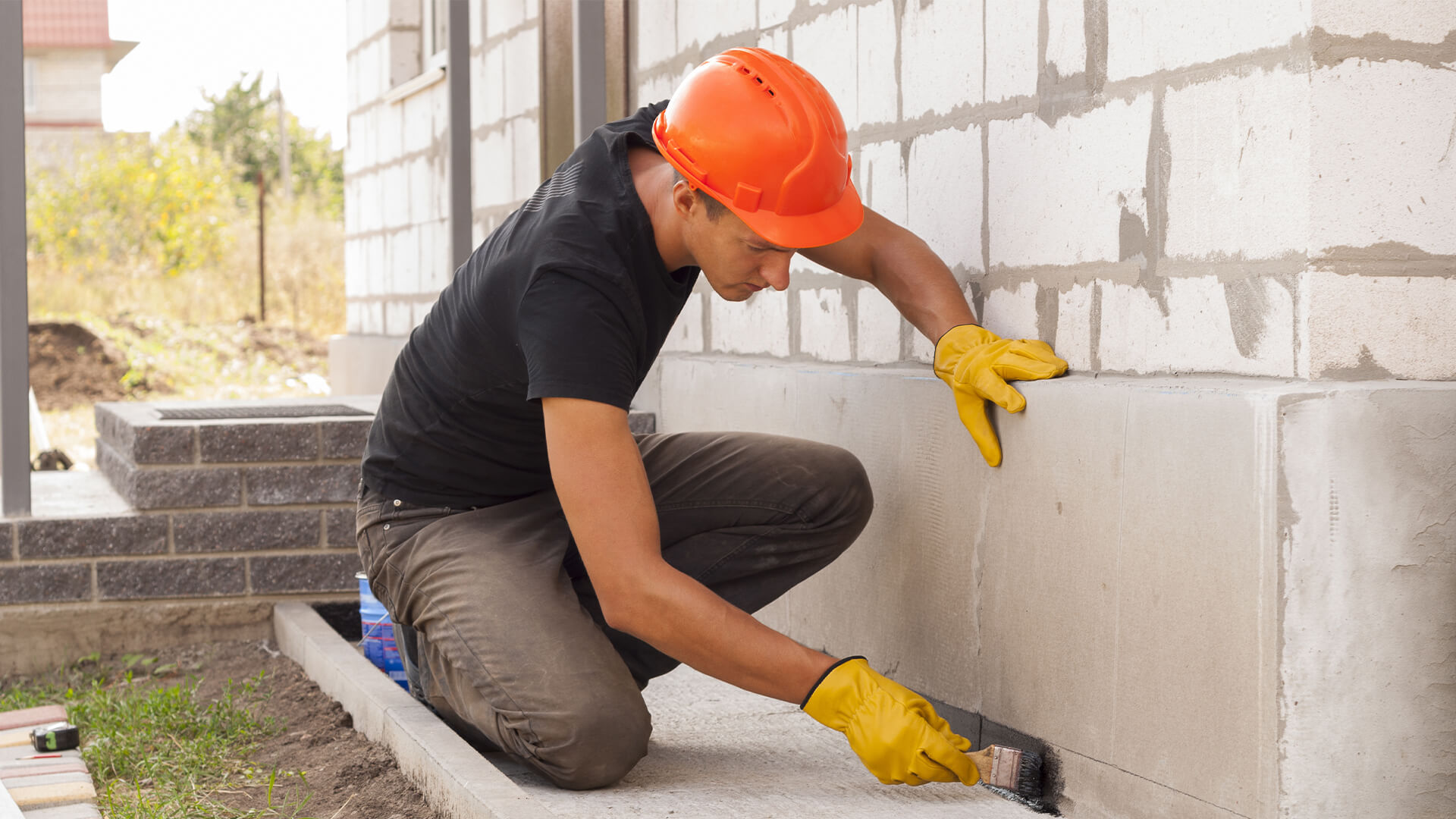Basement waterproofing Omaha: Expert Advice for Maximum Protection
Kinds of Waterproofing: Checking Out the Numerous Approaches and Their Applications
Waterproofing is an essential element of building and construction and maintenance. It shields structures from the harmful effects of water damage. There are a number of techniques available, each with its unique applications and advantages. From membrane layer systems to cementitious solutions, comprehending these choices is important for reliable application. The option of waterproofing method can substantially influence longevity and longevity. Discovering these different methods reveals their distinctive advantages and potential obstacles, prompting further factor to consider of perfect options.
Membrane Waterproofing Solutions
Membrane waterproofing systems function as a crucial barrier versus water intrusion in numerous structures. These systems normally include thin sheets made from products like rubber, thermoplastic, or bitumen, which are used to surfaces to protect against moisture infiltration. They can be set up over or below quality and are particularly reliable in areas prone to high water direct exposure, such as cellars, roofings, and foundations.The installation procedure entails cleansing the substrate, applying adhesives or guides, and precisely fitting the membrane layer to assure complete coverage. Membrane systems can be either fully stuck, mechanically connected, or laid loose, depending on the details needs of the task. They offer sturdiness and adaptability, suiting structural movements without jeopardizing their waterproofing capabilities. Moreover, these systems can be reinforced with additional layers for enhanced defense. Inevitably, membrane waterproofing systems are essential for safeguarding frameworks against water damages and preserving long-lasting stability.
Liquid-Applied Waterproofing Coatings
Liquid-applied waterproofing finishes provide a flexible service for securing surface areas from water infiltration - Foundation waterproofing Omaha. These layers contain liquid products that, when used, create a seamless, versatile membrane. Their adaptability permits application on different substrates, consisting of concrete, metal, and timber. The finishes can be made use of in varied atmospheres, from household to commercial setups, making them suitable for roof coverings, structures, and below-grade structures.One significant advantage of liquid-applied coverings is their ability to comply with uneven shapes and penetrate fractures, producing a robust barrier versus wetness. They commonly exhibit exceptional adhesion properties and resistance to UV radiation, making certain long life and toughness. Furthermore, the application process is commonly straightforward, enabling fast setup and decreased labor costs. This approach likewise decreases the threat of water merging, as the constant layer effectively routes water far from prone locations. On the whole, liquid-applied waterproofing layers are a reliable selection for thorough water protection
Cementitious Waterproofing Solutions

Cementitious waterproofing options next page provide a robust alternative for structures requiring reliable wetness defense. These systems mostly make use of a blend of cement, sand, and chemical ingredients to create a water resistant barrier. They are frequently related to surfaces such as concrete walls, foundations, and floorings, giving a long lasting, durable defense against water intrusion.One of the key advantages of cementitious waterproofing is its convenience of application; it can be used making use of a brush, roller, or spray, making it appropriate for various project sizes. Additionally, this approach works with numerous surface areas and can often be used along with other waterproofing techniques.Cementitious options are especially efficient in settings where water direct exposure is a concern, such as cellars or below-grade frameworks. Their exceptional bond properties assure that visit the site they bond well with substrates, providing a solid and nonporous layer versus dampness penetration.
Bentonite Waterproofing
Bentonite waterproofing is a very efficient method that utilizes salt bentonite clay to produce an all-natural barrier against water. This technique exploits the distinct buildings of bentonite, which broadens upon call with water, sealing any type of potential leaks and preventing wetness seepage. It is frequently used in various applications, including structure walls, tunnels, and keeping wall surfaces, where water resistance is essential.Bentonite can be used in numerous forms, such as panels or coverings, offering adaptability in setup. Its capacity to self-seal makes it an eye-catching choice for areas based on moving soil or rising and falling water levels. Furthermore, bentonite waterproofing is eco-friendly, as it is a natural product that does not present damaging chemicals into the environments.
Drainage and Exterior Waterproofing Equipments
Reliable waterproofing typically involves a mix of techniques, including water drainage and outside systems. Water drainage systems, such as French drains pipes and sump pumps, are made to redirect water far from frameworks, minimizing hydrostatic stress against foundations. These systems are essential in avoiding water accumulation that can lead to structural damage and mold and mildew growth.External waterproofing, on the other hand, involves using protective obstacles to the building's exterior. Methods such as the setup of waterproof membranes, layers, or sealers can help stop water infiltration. This technique not only safeguards the structure but also improves the total toughness of the structure.Together, water drainage and outside waterproofing systems create a comprehensive option to take care of water properly. By executing these methods, homeowner can safeguard their financial investments against the damaging effects of dampness, making sure long-term stability and safety and security for their buildings.
Often Asked Concerns
How Do I Select the Right Waterproofing Method for My Job?
Selecting the ideal waterproofing approach depends on aspects such as job kind, environmental conditions, budget plan, and wanted durability. Examining these aspects permits educated choices tailored to certain needs and requirements.

Can Waterproofing Be Applied in Cold Climate Issues?
Waterproofing can be used in cool weather problems, but it calls for particular materials and methods. Cold temperatures may influence curing times and bond, necessitating cautious option of items created for low-temperature application.
What Are the Common Signs of Waterproofing Failure?
Usual indicators of waterproofing failure include noticeable water spots, peeling off paint, wet smells, mold development, and fractures in wall surfaces or structures. Water Solutions Omaha. These signs recommend that moisture is penetrating the obstacle, compromising its effectiveness
How Much Time Does Waterproofing Last Prior To Requiring Upkeep?
The longevity of waterproofing varies, typically lasting between 5 to ten years. Variables such as worldly high quality, ecological problems, and upkeep techniques affect its sturdiness, demanding periodic assessments to assure effective protection versus water intrusion.
Are There Eco-Friendly Waterproofing Options Available?
The go to website concern of environment-friendly waterproofing choices reveals a growing rate of interest in lasting products (Yard drainage Omaha). Different all-natural substances, such as plant-based sealants and recycled items, provide efficient remedies while lessening environmental effect, interesting eco conscious consumers